When it comes to the safe operation of semi-trailers, understanding how to release the brakes is critical. Whether you are a seasoned truck driver or a fleet manager, having deep knowledge of this mechanical process ensures safety on the road. In this guide, we will delve into the various types of braking systems in semi-trailers, the step-by-step processes for releasing them, potential issues that may arise, and important safety measures. This information is crucial for both mastering preventative maintenance routines and handling unexpected situations.
Types of Braking Systems in Semi-Trailers
To address how to release brakes effectively, it is essential first to understand the types of braking systems utilized in semi-trailers. This knowledge can affect how you interact with the braking system.
1. Air Brakes
- Overview: Most semi-trailers use air brakes, which rely on compressed air to activate the brakes. This system must be regularly maintained to ensure safety and efficiency.
- Components: Key components include the air compressor, air tanks, service brakes, emergency brakes, and spring brakes.
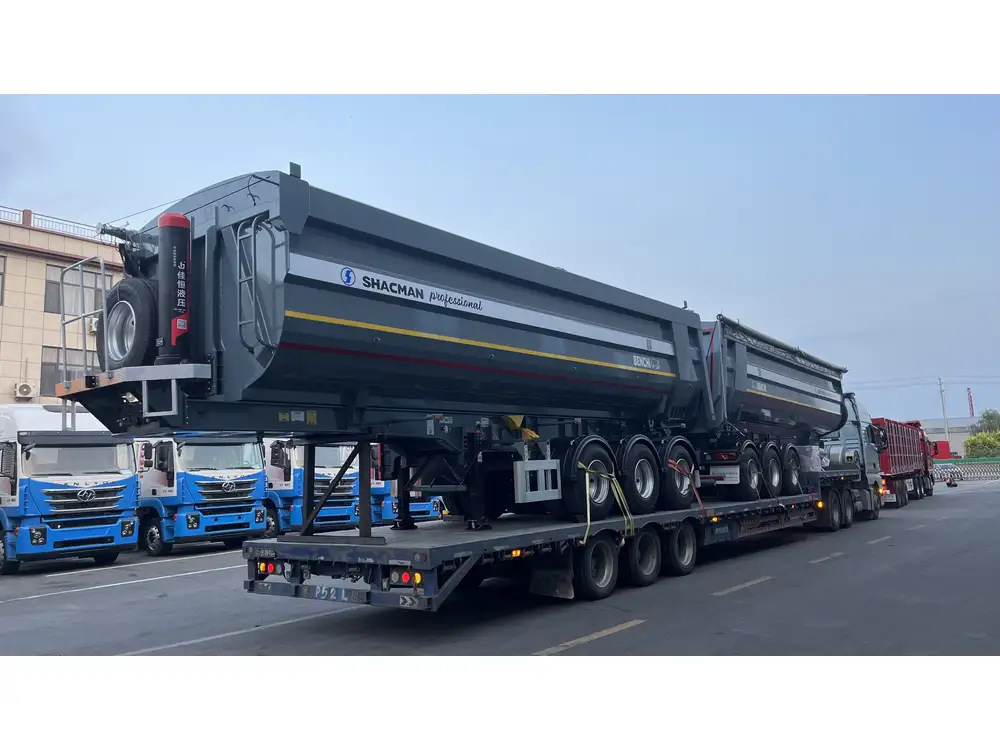
2. Electric Brakes
- Overview: Some trailers employ electric brakes, which utilize electric current to engage and release the brakes.
- Elements: The actuator, wiring, and braking pads are integral components of this system.
Comparison Table of Braking Systems
| Type of Brake | Mechanism | Common Use | Maintenance Needs |
|---|---|---|---|
| Air Brakes | Compressed Air | Most semi-trailers | Regular checks on compressor and air leaks |
| Electric Brakes | Electric Current | Auxiliary trailers | Regular inspection of wiring and brakes |
Understanding the mechanics of these systems is crucial in executing the following procedures effectively.
Step-by-Step Guide to Releasing Air Brakes
Step 1: Preparing the Vehicle
- Ensure Safety: Before approaching the trailer, check that the vehicle is parked on a flat surface and the engines are turned off.
- Fastening Your Seatbelt: If you plan to engage with the braking system while in the cab, ensure your seatbelt is fastened for safety.
- Gather Necessary Tools: You might need gloves and a flashlight if inspecting areas where visibility is limited.
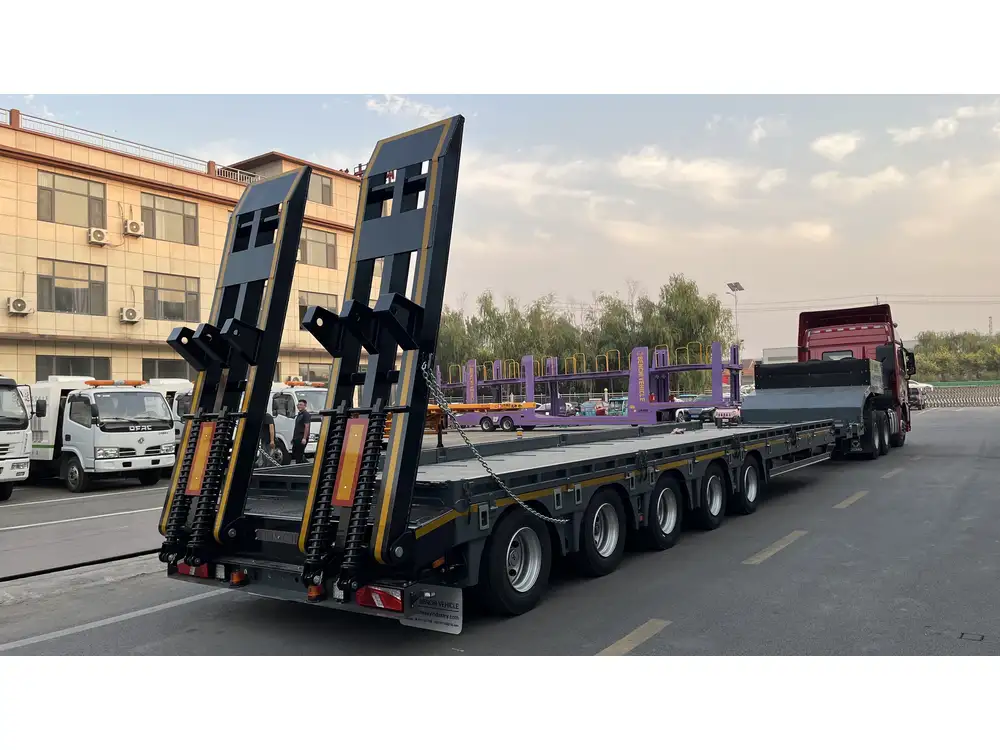
Step 2: Locating the Brake Release
- Access the Trailer Brake Chamber: Identify the brake chamber located near the wheels or the axle. You may need to remove a cover or access beneath the trailer.
- Inspect the Components: Look for the brake adjustment mechanisms, air spring, and emergency release handle.
Step 3: Releasing the Brakes
- Trailer Emergency Brake Release: Locate the button or handle designed for the emergency brake and pull or push it as required. This action releases the parking brakes efficiently.
- Control Valve Manipulation: Inspect the air supply line connected to the trailer. By flipping the valve from “park” to “release,” you will allow air to flow, thereby disengaging the brakes.
Important Note:
If the air pressure is below the minimum threshold, the braking system will not release. Make sure the air pressure is adequately built up, usually between 90 to 100 psi.
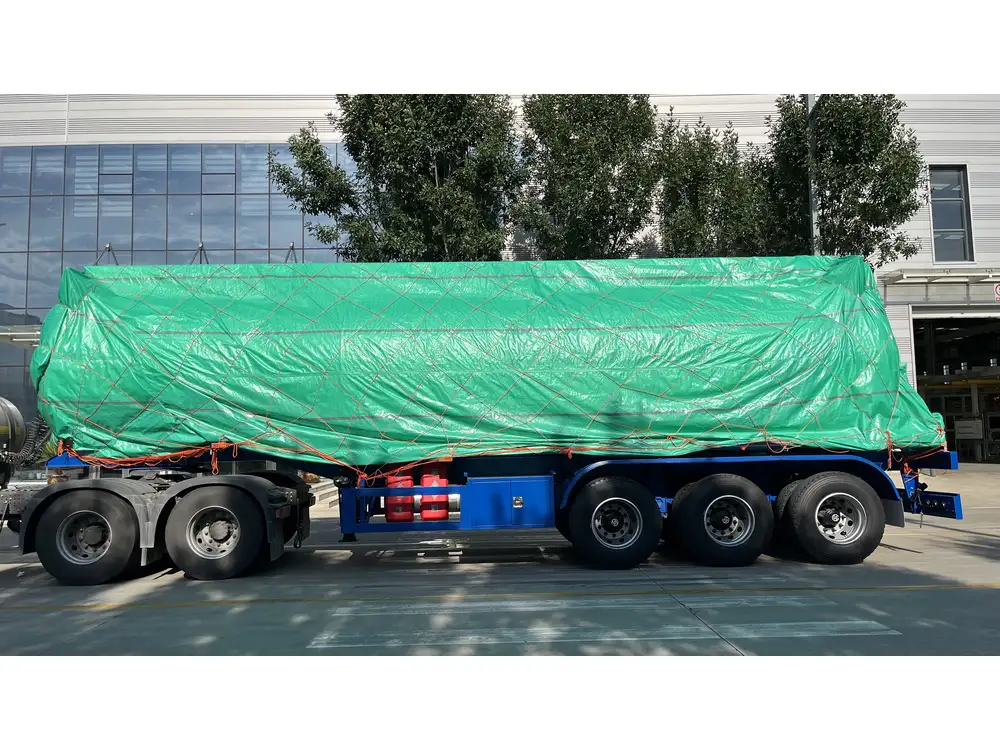
Step 4: Confirm Release via Physical Inspection
- Visual Check: Look at the brake assembly; the brake shoes should not make contact with the drum.
- Test the Brakes: After releasing, gently press the brake pedal to ensure that the pedals travel fully and the truck doesn’t roll.
Proper Maintenance Recommendations for Air Brakes
- Regularly check for air leaks—any hissing noise indicates that the system may be compromised.
- Ensure that the air dryer is functioning correctly to prevent moisture buildup, which can freeze and cause brake failure.
Releasing Electric Brakes: A Different Approach
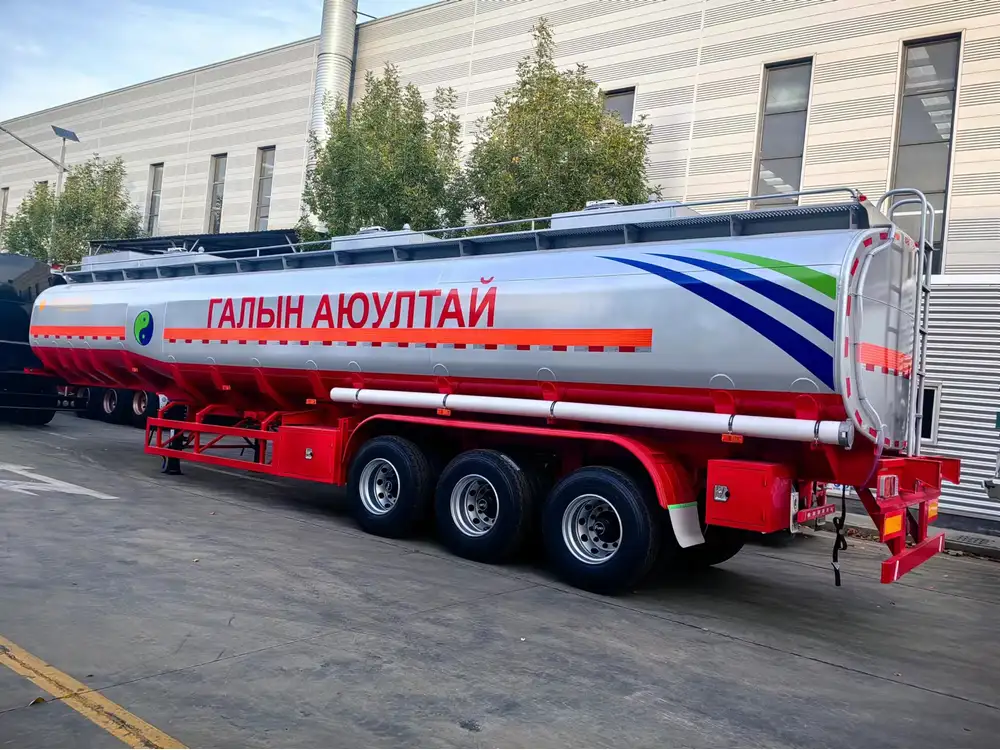
Step 1: Assess the System
- Examine the Power Supply: Ensure that the trailer has power; the battery or connection to the towing vehicle must be functional.
Step 2: Engage the Control
- Activate the Console: In some trailers, brakes can be released via a control panel inside the cab.
- Manual Override: If electronic controls fail, there should be a manual override near the axle. This would typically be a lever or a pull cord.
Step 3: Verification
- Test Functionality: Like air brakes, once released, check to ensure that the brakes are not engaged by gently pressing down on the brake pedal.
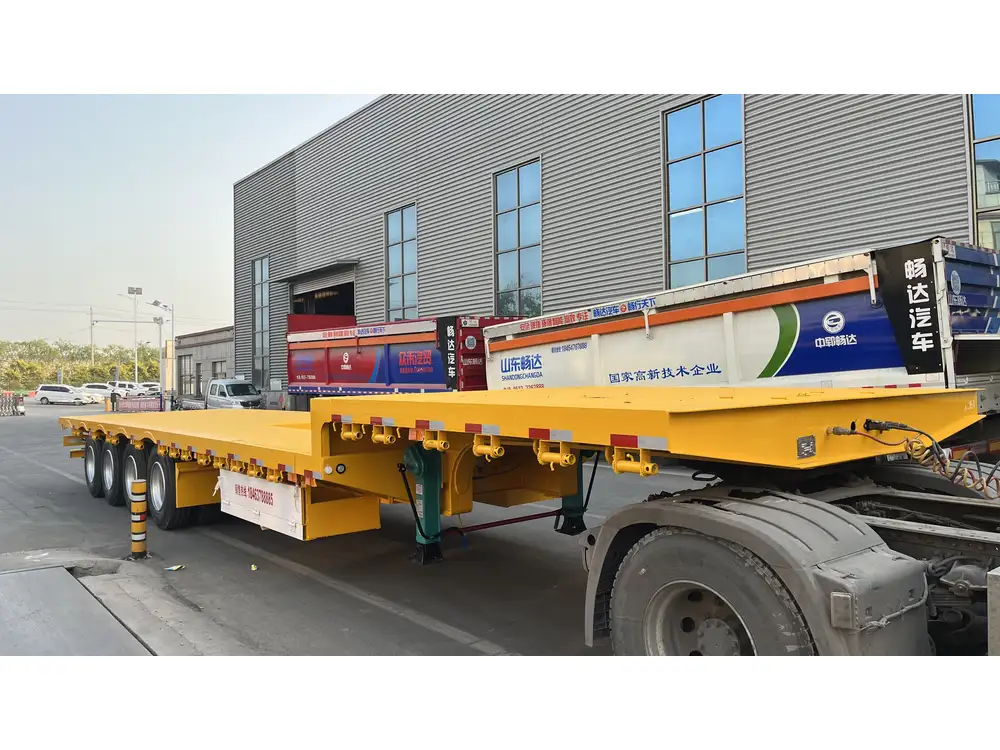
Common Issues with Releasing Brakes and Their Solutions
- Brakes Stuck Due to Moisture: In colder climates, air brake systems may freeze. If this occurs, applying a very gentle amount of application might help break the ice.
- Control Malfunctions: In electric systems, a blown fuse is a common issue. Replacing fuses as per the manual may remedy the situation.
Advanced Troubleshooting Techniques
1. Air Pressure Diagnostic
- Use a gauge to measure the air pressure.
- If below acceptable levels, inspect air compressors and possible leaks in hoses.

2. Electrical Diagnostics
- Conduct a continuity test on wiring leading to the brakes using a multimeter.
- Check for grounding issues that may result in electrical resistance.
Safety Precautions When Working with Braking Systems
- Always wear appropriate personal protective equipment.
- Follow lockout/tagout procedures when conducting maintenance.
- Never attempt to touch any moving parts while the vehicle is running.
Conclusion: Be Proficient and Prepared
Having a profound understanding of how to release brakes on a semi-trailer is paramount for any operator. This not only promotes safety but also enhances efficiency within operations. As you add to your skill set, consider investing time in routine training sessions and safety drills, ensuring that every team member knows the processes outlined in this guide.

Key Takeaways
- Air brakes are the most common, while electric options exist but are less prevalent.
- Always perform checks before operating the brakes, looking for mechanical failures, leaks, or electrical issues.
- Regular maintenance is key to avoiding sudden failures and ensuring optimal performance on the road.
By following this comprehensive guide, operators will not only increase their own safety but also contribute to an overall culture of responsible vehicle operation within the logistics industry. The road can be unpredictable, but with the right knowledge and preventative measures, semi-trailer journeys can be smooth and safe.



